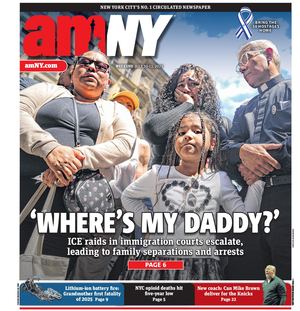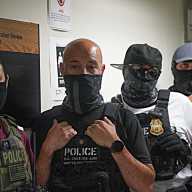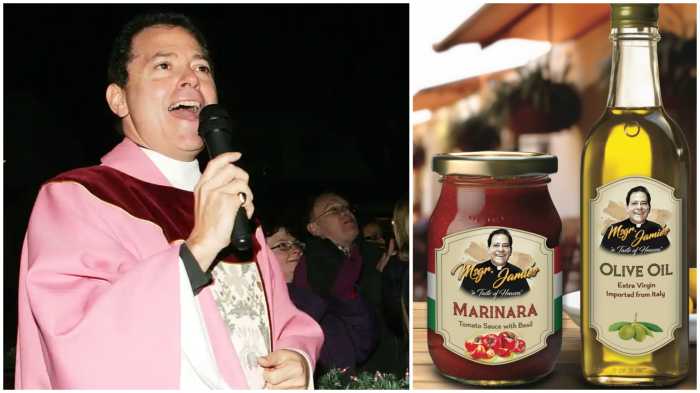By JERRY TALLMER
Four snapshots, 60 years. Call it impact.
We had all come back from the war, and Julian Koenig, one of the brightest, funniest guys in the class just ahead of mine — and one of the sharpest writers on the college newspaper I would soon be editing — had a new girlfriend, a gorgeous little blonde named Aquilla Connelly. I don’t think I’ve ever heard a more wondrous name, then or since.
Julian’s passions, like most of ours, were baseball and movies, and Julian, who rather startlingly resembled Groucho Marx, could and usually did re-enact any scene from any Marx Brothers picture, line for line, word for word.
We were gathered now in Manhattan in a small private reunion, four or five graduates of that newspaper, all male, and Aquilla Connelly, the only woman in the room, who sat there, flipping through a magazine, saying nothing, while the rest of us gabbled on about movies and movie-makers and camera angles (“Do you know how much of ‘Citizen Kane’ was shot looking up from the floor?â€) and all that.
Suddenly Aquilla Connelly put down her magazine. “Do you know what I like in a movie?†she said. “I like the story.†Then she turned to me, the only fellow in the room who had heard her, listened to her, and said, as if passing along a secret:
“There’s a great new writer. In The New Yorker. J.D. Salinger.â€
It was the first time I ever heard the name.
As best I can remember, it wasn’t until I came across a story in The New Yorker called “The Laughing Man†that I actually read anything by Salinger. The story was about a Saturday-afternoon group of comfortably middle-class New York kids — I had suffered and sweated through several such groups in my own boyhood — led by a college-age young man of good cheer but bad luck romantically. He entertains them with a story about The Laughing Man. The shock of the last terrible sentence of the Salinger story itself — or the double-story — left me gasping in something close to, as Holden Caulfield would put it, heart attack.
“The Laughing Man†appeared in The New Yorker of April 19, 1949. Yes, 60 years ago. Two years later there came into the world “The Catcher in the Rye.â€
* Â Â * Â *
In the 1950s I spent some summers at a beautiful, old, two-story, off-the-beach house in a remote woody section of Fire Island somewhat to the west of Ocean Beach. A sub-teen brother-in-law, John Muendel, was often there with us.
He was a stunningly handsome, bright, likable boy, but his entire culture was television. In particular, he was fixed on Johnny Ray, the singer who rose to fame weeping away in a dreadful song — or non-song — called “Cry.†I don’t know what young John had to cry about — well, I do, somewhat — but he drove me batty as he sat, open-mouthed, watching Johnny Ray go boo-hoo-hoo on the Ed Sullivan or some other show.
One evening I started reading — that is, rereading — “The Catcher in the Rye.†I think it was my mother-in-law who asked me to read it aloud. So I did, starting with the famous sentence: “If you really want to hear about it, the first thing you’ll probably want to know is where I was born and what my lousy childhood was like, and how my parents were occupied and all before they had me, and all that David Copperfield kind of crap, but I don’t feel like going into it, if you want to know the truth.â€
About three or four paragraphs farther on, John Muendel, who hadn’t seemed to be paying the least attention, spoke up. “Can I borrow that book for a few minutes?†he said. Sure, I said. I didn’t even know that he could read. He took the book, went upstairs to his room, closed the door, disappeared.
Two or three hours later he emerged from his room, came downstairs, and handed me the Salinger with a beaming one word: “Thanks.â€
I don’t know where John Muendel is today — his sister Peggy is no longer alive — but last I heard, he was a professor of English at, I think, the University of Michigan.
* Â * Â *
Another of Salinger’s short stories, the World War II “For Esmé — with Love and Squalor,†had pierced me so hard on first (and second and third) reading that 30 or 40 years later I read it aloud to my wife Frances, who was similarly pierced.
* Â * Â *
One evening early in 2007, as I was walking from The Villager up Varick St. to the subway that would take me home, a car turned too quickly into King St. — the one I was crossing — and knocked me down.
The driver turned out to be a good-looking young Latin-American woman who did not speed off but stopped, took a look, and offered to drive me home. Along the way, we got chatting. When she heard I was a writer, she asked me what book in all my life I would most want to have written. I thought a while and then said Stendhal’s “The Charterhouse of Parma.†It drew a blank. “Oh, brother!†she said, throwing a quizzical nut-case glance in my direction. So I thought a bit more and then said: How about “The Catcher in the Rye�
“Now you’re talking,†she replied, which we did, mostly about Salinger, all the rest of the distance.
* Â * Â *





































